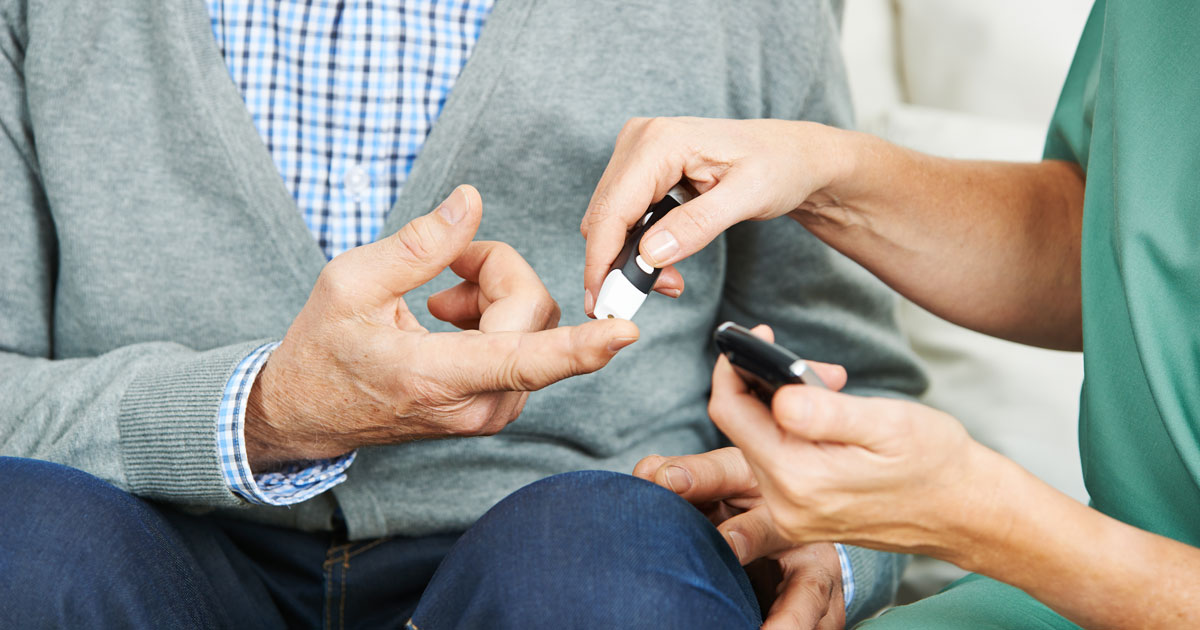Risk Factors Of Biliary Colic
Individuals with biliary colic experience pain in the abdominal area after eating a meal. The condition is typically a result of a gallstone blocking the bile duct. Gallstones are rock-like substances formed from excess bilirubin that hardens. As a result of gallstones, other symptoms of biliary colic include nausea, vomiting, and jaundice, and sometimes the condition can cause pale stools and dark colored urine. Believe it or not, gallstones do not have to be present in all cases of biliary colic. Based on further information, gallstones are more likely to occur in females or anyone above forty years old. Moreover, the stones can be treated with surgery or medications. There are various causes and risk factors for biliary colic. Learn about them now!
Cirrhosis Of The Liver
Cirrhosis of the liver is characterized by excessive production of scar tissue within the organ. Cirrhosis is linked to biliary colic as it can also be caused by blockage of the bile duct. In addition, cirrhosis can occur as a result of separate diseases affecting the liver such as hepatitis and primary sclerosing cholangitis.
The medical records of thirty-eight cirrhosis patients are assessed in a 2009 Journal of the Society of Laparoendoscopic Surgeons review. Over eighty percent of patients had biliary colic, potentially due to the presence of gallstones. A 2017 review for the BioMed Research International journal mentions multiple studies noting the presence of gallstones in cirrhosis patients. In one study, the prevalence of gallstones was shown to be greater in cirrhosis patients compared to those without the condition. In another study, the prevalence of gallstones was also found to be high in cirrhosis patients, particularly those who dealt with alcohol abuse.
Continue reading to reveal more risk factors for biliary colic now.
Diabetes And Insulin Resistance

Diabetes and insulin resistance can also contribute to biliary colic. In cases of both diabetes and insulin resistance, high low-density lipoprotein cholesterol is typical, along with elevated triglycerides. In addition, it may cause a drop in high-density lipoprotein cholesterol. According to research, these elements may trigger gallstone development.
Some research is also documented on elements that contribute to the rise in these lipids. Based on a 2008 study with mice, a protein called FOXO1 could be the explanation as to how insulin resistance and gallstones are linked. The study found the protein stimulated the secretion of cholesterol into the bile. As the mice were insulin resistant, they caused the protein to be reactivated. Gallstones developed as a result. A different study from 2008 suggests there is also a link with the enhancement of the expression of proteins Abcg5 and Abcg8. These proteins are widely shown to stimulate cholesterol secretion.
Learn more about what can increase the risk of biliary colic now.
